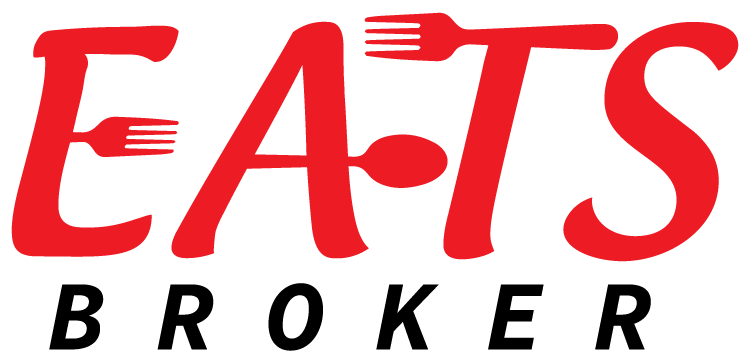Exit Planning for Restaurant Owners
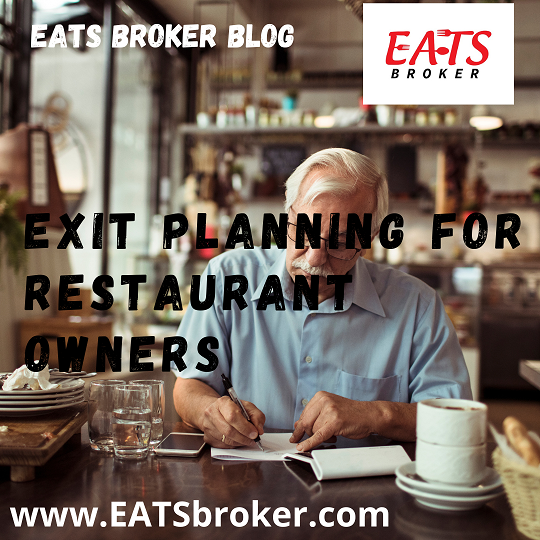
Exit planning for restaurant owners is a process that should start before a restaurant has opened. The harsh reality of restaurant ownership is 80% close within five years. If you are going into the restaurant industry knowing that it will be time to exit within five years, why not plan in advance? EATS Restaurant Brokers […]
EATS Broker expands to Dallas, Texas
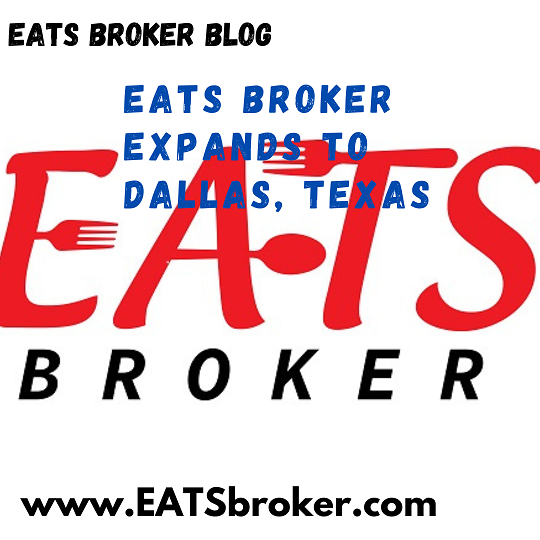
EATS Restaurant Brokers is growing and has expanded its headquarters to Dallas, Texas. One of the nation’s specialized Business Brokerage firms, EATS Restaurant Brokers, has obtained a Real Estate Broker License in Texas and now are Restaurant Brokers in Dallas, TX. Dominique Maddox worked with one of the nation’s largest Restaurant Brokerage Firms for seven […]
Commercial Lease Assignment: What should you know?
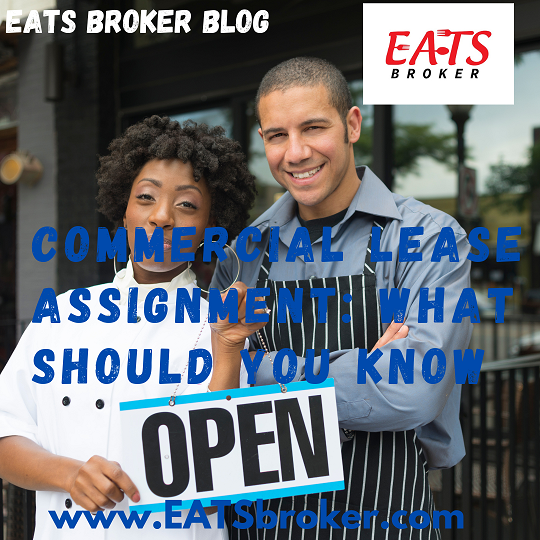
What should you know about a Commercial Lease Assignment before signing the lease? The lease assignment can be short and brief, but it has a tremendous impact on the capability of a restaurant owner selling a restaurant in the future. When buying or selling a restaurant, it is essential to evaluate the strength or weakness […]
What restaurant numbers should YOU know?

What restaurant numbers should you know if you own a restaurant or want to buy a restaurant? Every independently owned restaurant is unique, while franchise concepts have common similarities. How do you compare the two different restaurants if you want to buy or sell a restaurant? Analyzing the Financial and Operational ratios is a great […]
Selling a Restaurant: What Documentation is needed?
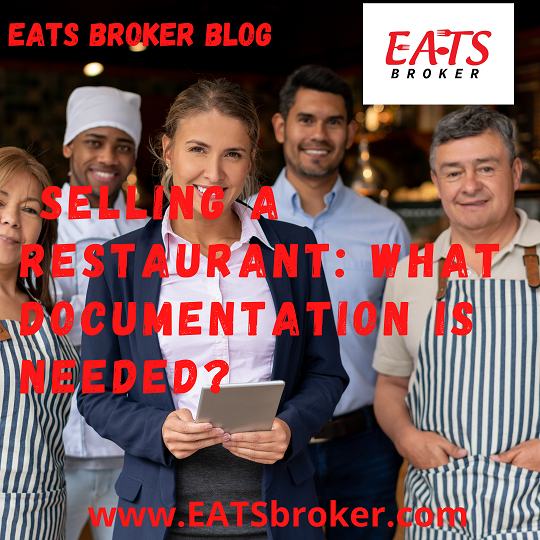
When selling a restaurant, what documentation is needed from the seller? The answer is simple it depends on what type of sales transaction. Trained Restaurant Brokers use two methods when providing a Restaurant Valuation to a seller. The most profitable and best way to sell a restaurant is based on past Profit and Loss Statements […]
How do you write a letter of intent for a lease
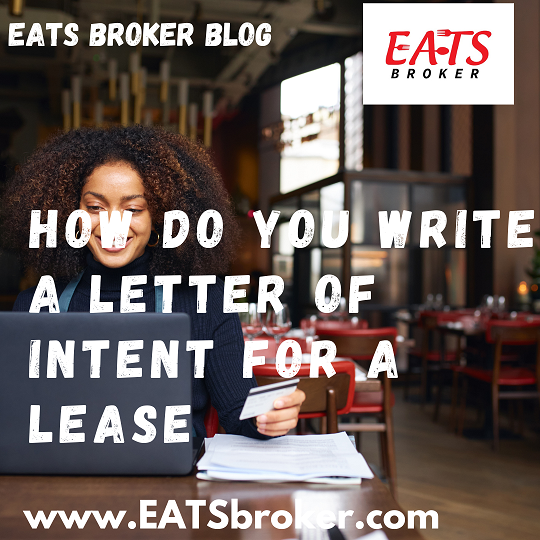
How do you write a letter of intent for a lease is a struggle for inexperienced brokers representing clients or unrepresented potential tenants? Once a potential tenant finds a commercial lease space, the process to negotiate with the landlord begins. A letter of intent (LOI) is a document declaring one party’s preliminary commitment to do […]
Day in a Restaurant Broker’s Life
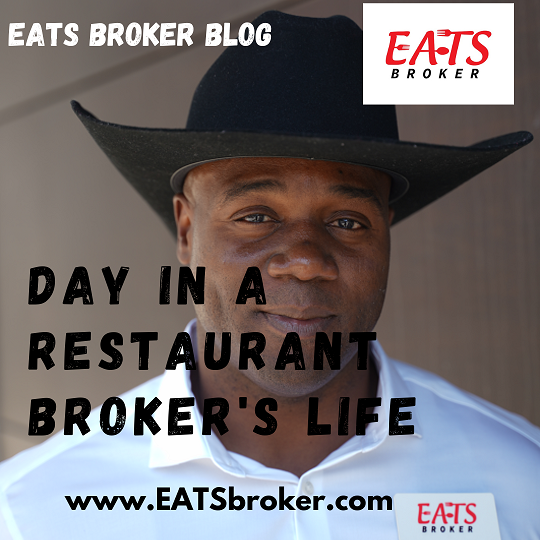
What does a Restaurant Broker actually do daily? Dominique Maddox, Founder and President of EATS Broker share his thoughts about the Day in a Restaurant Broker’s life. I wrote a blog last year about my daily activities by the minute as a Restaurant Broker that received great interest and replies. I have decided to start […]
Why Buy a Restaurant? Here are Four Reasons?
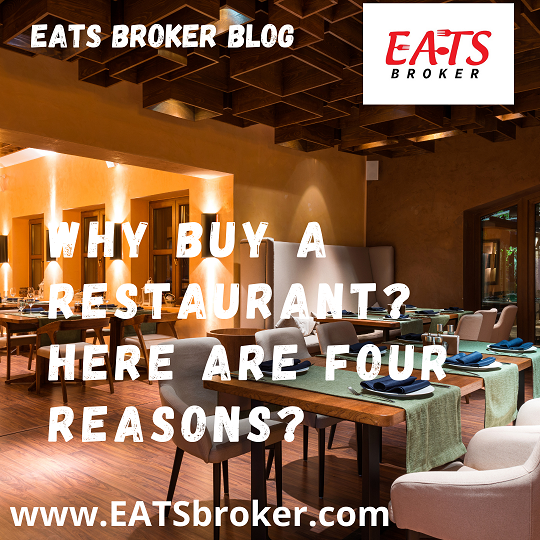
It’s a golden opportunity for buyers to buy a restaurant in today’s market. BizBuySell.com states website traffic has increased with Buyers and Sellers activity. Customer traffic on the internet’s largest Business for sale site now exceeds pre-Covid-19 levels. Traffic to the website was up 19% May 2020 compared to May 2019. Yelp recently updated its Local […]
3 Types of Buyers after Covid-19

EATS Broker talks to 3 Types of Buyers after the Covid-19 pandemic outbreak about buying a restaurant. The conversations we had before Covid-19 were much different than the conversations now. Today’s conversations come with a collection of unknown factors. Today’s market is buzzing with a large number of buyers and sellers entering the market. Some […]
